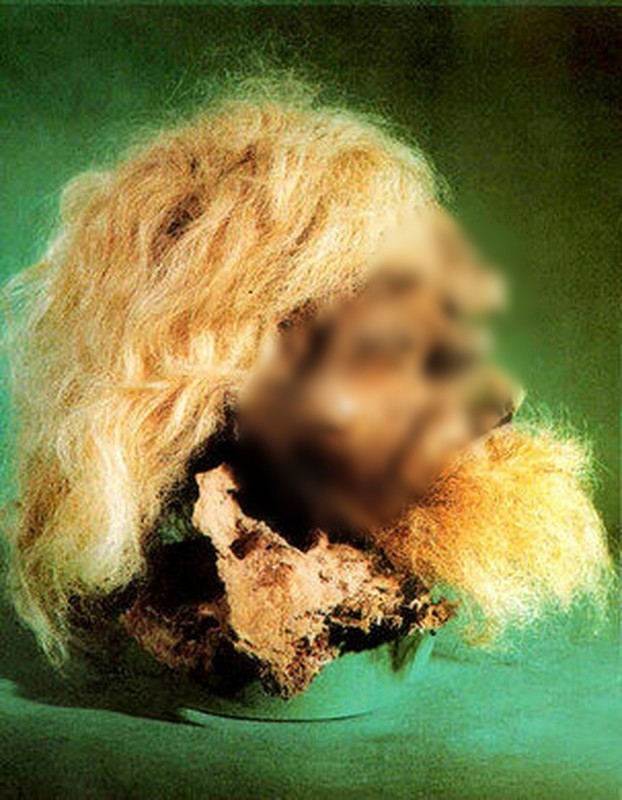 |
| Chehrabad underground salt mine is located west of Zanjan city, Iran. This place has been exploited for salt by humans for thousands of years. In 1993, the first “salt man” mummy was discovered here. Since then, experts have found many similar intact bodies. |
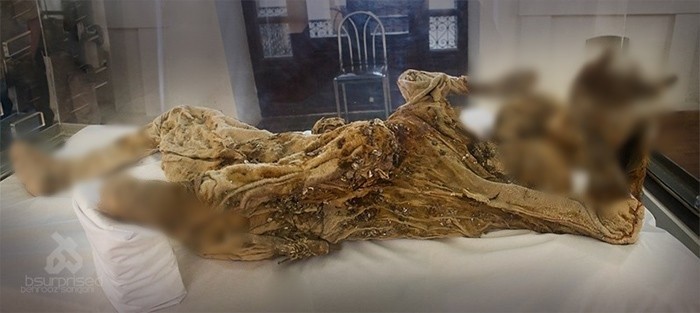 |
| Initially, experts believed that the “salt man” mummies belonged to people who died recently when their bodies were almost intact, including hair, skin, and even no internal organs. signs of decomposition. |
 |
| However, after performing dating tests, experts determined that the “salt people” mummies died hundreds to thousands of years ago. |
 |
| Of these, the oldest “salt man” mummy discovered in the Chehrabad underground salt mine is nearly 12,000 years old. This man lived and worked in the mine around 9550 BC. |
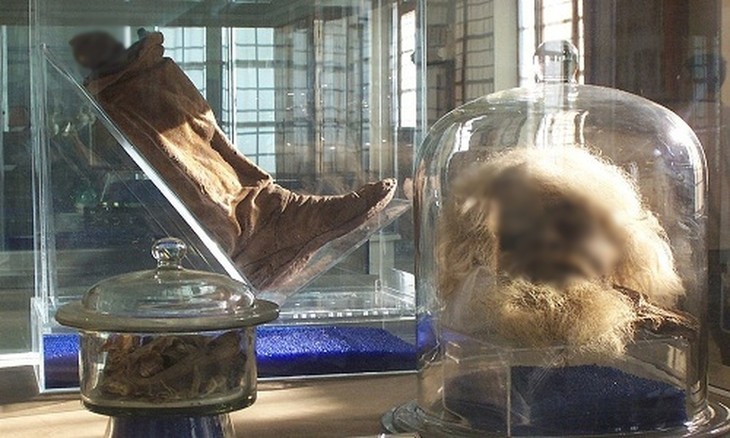 |
| Unlike many corpses that undergo a rigorous mummification process to remain intact over time, the “salt man” mummies are naturally mummified without using any methods. |
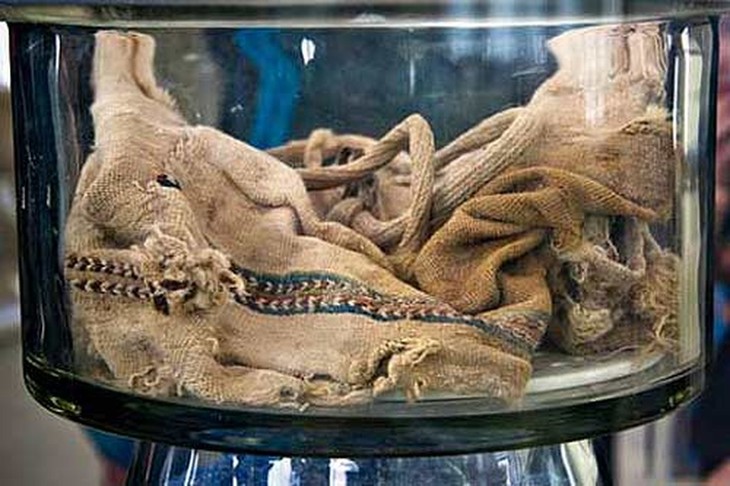 |
| According to experts, the “salt people” mummies are most likely miners. They may have died during salt mining in the Chehrabad underground salt mine or were killed. Then, these bodies were left in the salt mine. |
 |
| The reason why experts believe that the “salt men” are miners comes from the fact that the intact mummies found in Chehrabad are all men. They are in many different age groups. |
 |
| The dry and salty environment in the Chehrabad underground salt mine helped the bodies to be mummified naturally, not decomposing over time. |
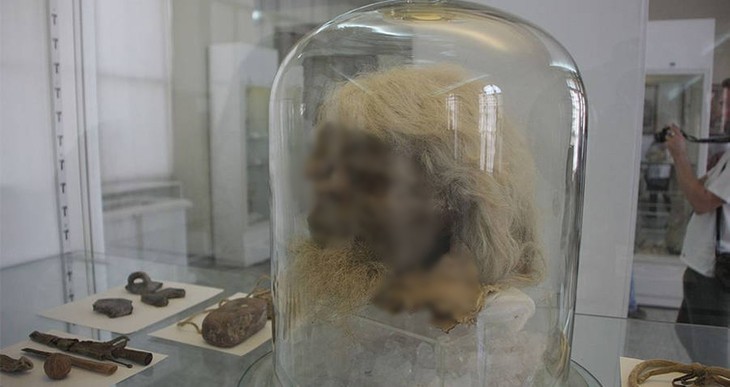 |
| In 2008, Iran’s Ministry of Industry and Mines canceled the mining license at the Chehrabad salt mine and declared the area an archaeological research center. |
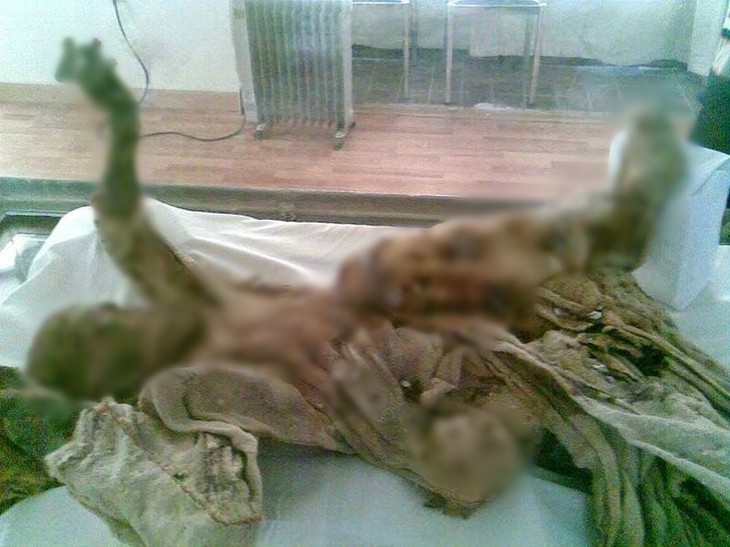 |
| Since then, experts have been conducting surveys in the hope of finding other ancient “salt man” mummies. |
Invite readers to watch the video: Startled to discover a 2,500-year-old mummy still has a pounding heart.




